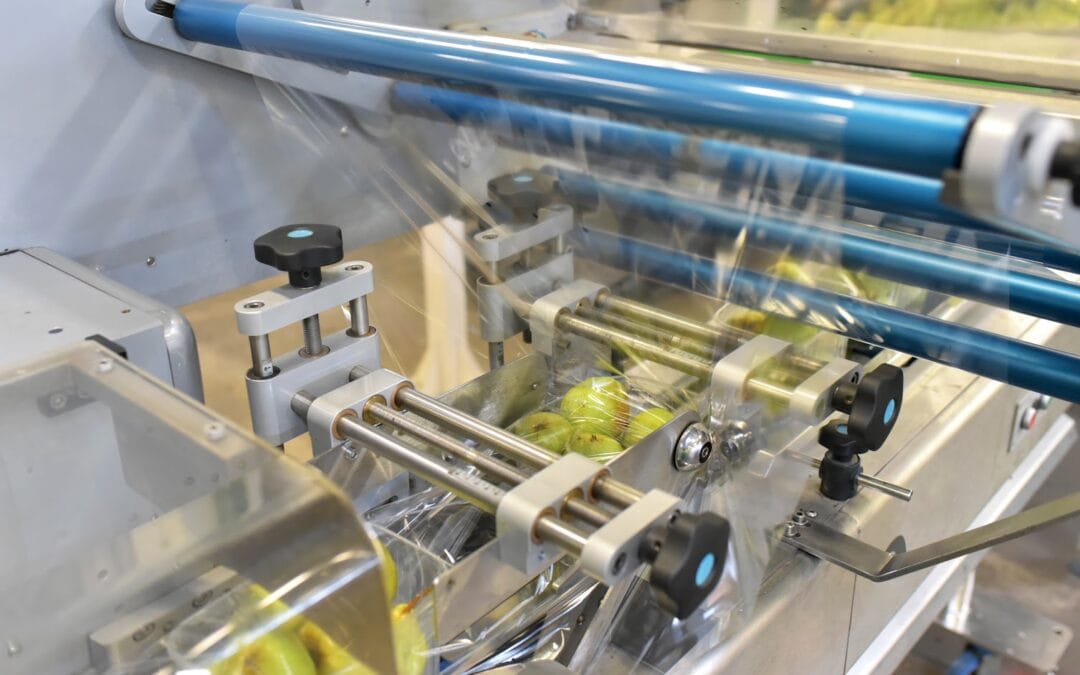The Flow Wrapper Advantage: Enhancing Packaging Efficiency
In the world of packaging, where speed, precision, and aesthetics matter, flow wrappers have emerged as essential tools for businesses seeking to streamline their packaging processes. These machines, also known as flow wrapper machines or flow wrapper packaging machines, offer a range of benefits that contribute to increased efficiency and improved product presentation. In this blog post, we’ll delve into the advantages of flow wrappers and why they have become indispensable in various industries.
1. Versatile Packaging Solutions
Flow wrappers are renowned for their versatility. They can package a wide range of products, from food items like chocolates, cookies, and bread to non-food items like medical supplies and industrial components. This versatility makes flow wrappers adaptable to a diverse array of industries, offering a single packaging solution for multiple product types.
2. Efficient Speed and Throughput
One of the standout advantages of flow wrappers is their high-speed packaging capabilities. These machines can quickly wrap individual products or groups of products, ensuring that the packaging process keeps pace with production. This efficiency is particularly crucial in industries where large volumes of items need to be packaged daily.
3. Precise Product Presentation
Flow wrappers are designed to create neat and attractive packages. They provide precise control over the wrapping process, resulting in consistently well-presented products. This is vital in retail environments, where product appearance can influence consumer purchasing decisions.
4. Sealed for Freshness
Flow wrappers excel at creating airtight seals, preserving the freshness and shelf life of the packaged products. Whether it’s perishable food items or sensitive electronic components, flow wrapper equipment ensures that items remain protected from external elements.
5. Reduced Material Waste
Flow wrappers are efficient in material usage. They minimize the amount of packaging material required for each product, contributing to cost savings and reduced environmental impact. This is particularly beneficial in today’s eco-conscious marketplace.
6. Easy Integration
Flow wrapper machinery can be easily integrated into existing production lines. Whether it’s part of a fully automated packaging system or a standalone machine, flow wrappers can seamlessly fit into various manufacturing setups.
7. Hygienic and Sanitary
In industries where product hygiene is paramount, such as food and pharmaceuticals, flow wrappers adhere to stringent sanitary standards. They are designed for easy cleaning and maintenance, reducing the risk of contamination.
8. Customizable Packaging Options
Flow wrapper equipment offers a range of customizable packaging options. From different film materials to package shapes and sizes, businesses can tailor their packaging to meet specific branding and product requirements.
9. Cost-Effective Packaging Solution
Flow wrappers provide a cost-effective packaging solution, both in terms of materials and labor. Their efficiency and material-saving design contribute to reduced packaging costs, making them an attractive option for businesses looking to optimize their bottom line.
10. Enhanced Product Protection
Flow wrappers offer excellent product protection during transportation and storage. The sealed packages act as a barrier against moisture, dust, and contaminants, ensuring that products arrive in pristine condition.
Summary
In conclusion, flow wrappers have become indispensable in today’s packaging industry due to their versatility, efficiency, and ability to create appealing and well-protected packages. Whether you’re in the food, pharmaceutical, or manufacturing sector, flow wrapper machines can enhance your packaging processes and contribute to overall cost savings. Their ability to adapt to a variety of product types and sizes, while maintaining high-speed production, makes them a valuable asset for businesses seeking to meet the demands of a competitive market.

